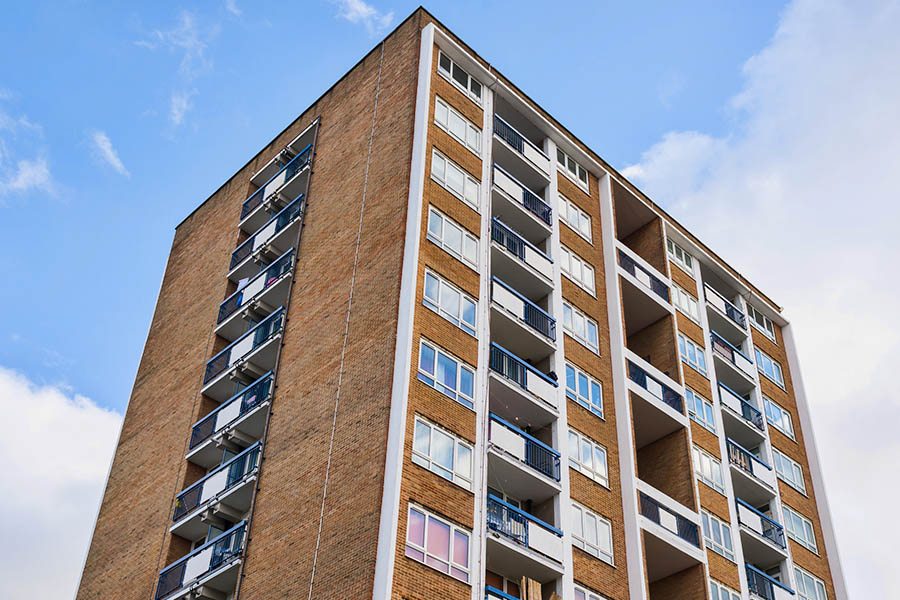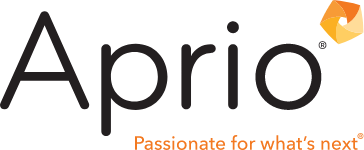The Waiting Game: Best Practices for Managing Your Public Housing Waiting List
December 14, 2017

To be a top player in the waiting game for housing authorities, you must make your open list accessible to eligible families, regularly purge a stagnant list and organize your waiting list so that you have fair, clearly-established guidelines.
Be Accessible
First things first: A good way to initiate or revamp your policy is to prepare internally for a wait list opening. If you haven’t opened your wait list in years, you could see a surge in applicants upon reopening it. Worried that your organization will run through your waiting list too slowly? Consider leveraging the lottery system, through which you’d give waiting list spaces to a certain number of applicants chosen at random.
To establish fair housing and equitable notice, you should advertise the opening vigilantly. Doing so will expand your reach to as many eligible families as possible, including those who are unlikely to apply on their own. Start by analyzing the specific needs of your housing market area. By undergoing this process from the get-go, you will be able to target your outreach efforts more effectively. To achieve the best results, consider developing individual strategies for each population group. Some key populations that will require special outreach include the working poor, the elderly, minorities, persons with disabilities and non-English speaking persons.
Once you have a thorough understanding of the specific populations you want to reach, develop lists of agencies, organizations, newspapers, radio stations or local advertising mediums that are able to deliver your message to that target audience. Don’t be afraid to leverage different content types here — everything from a human-interest story to a press release will help to further your advertising efforts. Just ensure your outreach materials contain the following:
- The benefits and opportunities for those who participate in the program
- An explanation of application procedures
To reach targeted groups, distribute your advertising in as many languages as possible. Keep detailed records of your efforts here — it’s evidence your agency is invested in fair housing compliance. And don’t forget to analyze your waiting list on a periodic basis. Ask yourself: Does your waiting list accurately represent the objectives of your housing choice voucher program? If not, it’s time to adjust your outreach methods.
Purge Your Waiting List
A stagnant wait list will cause leasing issues in both the public housing and HCV sphere. By purging your wait list on a continual basis, you will combat this trend. If you work in a smaller housing authority, you may not need to go through the purging process if your wait lists are rather short, or if leasing is happening within 12 months. However, it’s a good practice to complete this procedure regardless of your authority’s size. Doing so will help you track whether or not applicants have experienced notable life changes — which can include changes in welfare benefits, family composition or income.
If you do purge, send out a letter to everyone on your wait list asking if they wish to be removed, or create an online system through which an applicant must log in regularly to stay on the list. Again, you want to ensure compliance with fair housing requirements by accommodating those on the list who aren’t able to respond to your request, such as an applicant with a disability. In this case, you should reinstate the family on the list as a reasonable accommodation. Ultimately, your best practices for purging your wait list should be determined by the following:
- The rate your PHA is running through the list
- The average number of families you need to consider to result in a positive eligibility determination
- The length of your waiting list
- The resources at your PHA you can dedicate to this purpose
How can you eliminate the need to run frequent purges? Consider leveraging a “Save My Spot” type of system, such as the one provided by the Seattle Housing Authority, which allows you to create a self-cleansing wait list.
Establish Clear Guidelines
In order to effectively manage your housing wait list, you must keep your guidebook up to date and confirm you’re following both HUD and local guidelines for selection. As a best practice, organize your list in such a way that it will be easy to determine who should be selected next for a particular program. At a minimum, your list should include specifics on the applicant’s name, date and time of application, local preferences, household size and racial or ethnic designation.
Some housing authorities adopt specific selection preferences for seniors, disabled or homeless persons, working families or victims of domestic violence, but this is not a requirement. That said, you should have clear procedures in place to verify your preference before final selection. During the selection process, make sure to take your agency’s fail rate into account. For example, if your authority pulls 100 applicants off the wait list and only 25 lease up, your fail rate is 75 percent. Following this formula allows you to determine that you will likely need to select 400 persons off the wait list in order to lease 100 vouchers.
To increase efficiency, keep a shared work paper among your team with audit procedures and follow-up questions, such as why one candidate received a voucher before another. You should also ensure your housing authority has the necessary systems in place to hold all the applicant information, such as a solid housing software program, a hard client file or an electronic document imaging system. Down the line, you can refer to these records for specifics regarding withdrawals or changes in an applicant’s household composition and address. According to HUD regulations, you’ll need to keep applicants’ records for three years after they are removed or choose to withdraw from your waiting list — and even longer if they become an actual resident.
Are you doing all you can to maintain fair and equitable access to your housing program?
For more information, contact Rebecca McCune at becky.mccune@aprio.com or 205-991-5506.
Stay informed with Aprio.
Get industry news and leading insights delivered straight to your inbox.
